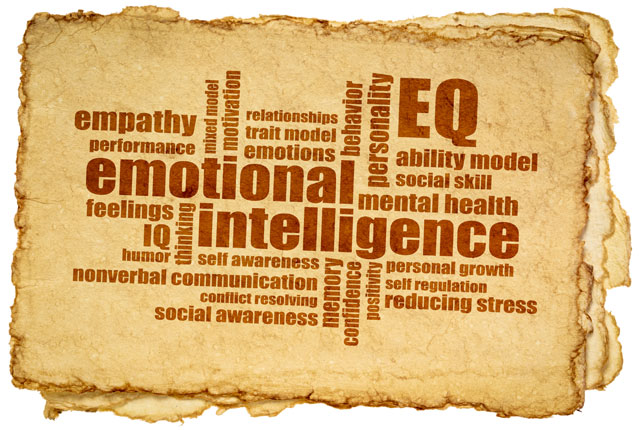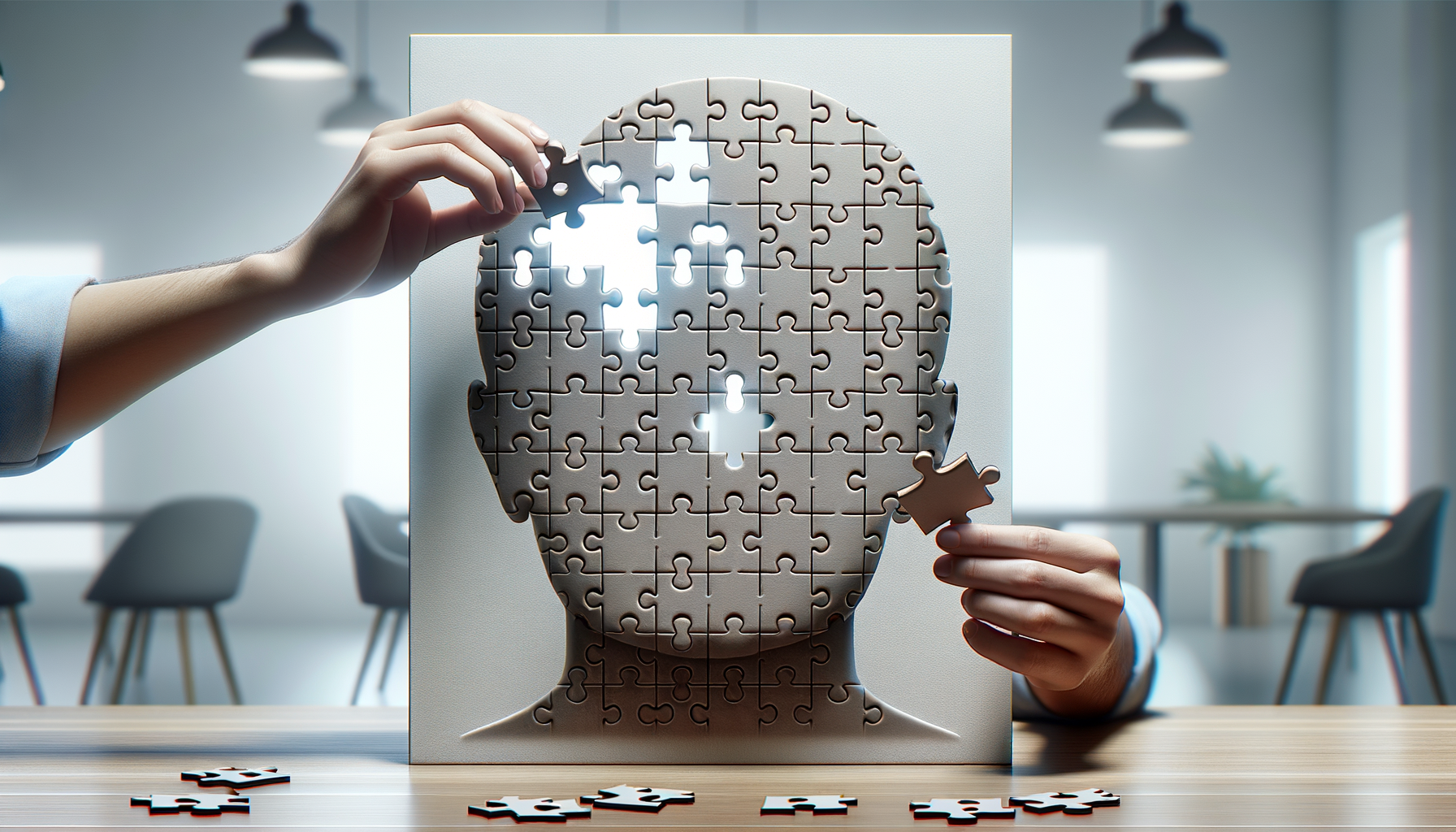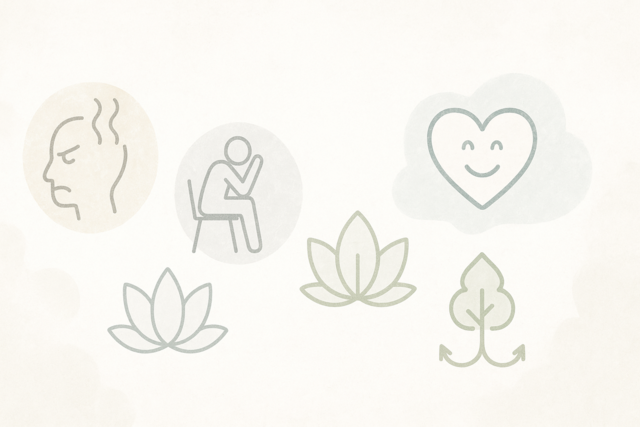Examining Substance Abuse Disorders
Introduction
In this article, you will be given definitions of the sub-categories of substance abuse disorder. You will be presented with a scenario, wherein you will get to play "abnormal psychologist," and decide if the behavior is healthy, or unhealthy. Try to deduce, on your own, whether or not the behavior or reaction is one that requires professional help, before reading the answer.
Sub-Types of Substance Abuse Disorder
Alcoholism
Alcoholism is a primary illness, or disorder, characterized by loss of control over drinking. The alcoholic displays habituation, or addiction, to alcohol, which causes interference in his or her major life functioning, such as health, family relations, career, education, spiritual growth, friendships, and legal standing. Alcoholics Anonymous, a self-help organization, also known as AA, defines alcoholism as a person being powerless over alcohol, and the alcoholic's life is unmanageable as a result of alcohol use. How much a person drinks, or how often, is not necessarily an indicator; rather, what happens when the person drinks is at issue. Alcoholism is an illness, and is not a sign of weakness, or lack of self-control.
Illegal Drug Addiction
Prescription Drug Addiction
Similar to street, or illegal, drug addiction -- except that the drug addicted to, and being abused, is prescribed by a physician or psychiatrist. Being addicted to prescription drugs is no better, or worse, than being addicted to street /illegal drugs. When one cannot get them prescribed, they can also be purchased on the "street," much in the way cocaine or crack is purchased. Prescription drug addiction, like alcoholism and street drug addiction, is an illness not a character flaw or mental weakness. Some addictive prescription drugs that many people become addicted to include: OxyContin, Vicodin, Percocet, and Ritalin.
You Decide
Hone your diagnostic skills: Read the following life scenario, and decide if the situation and behaviors described fall into the healthy range, or if the person needs to seek help. The answer is at the end of the article.
Scenario
Jessica is a 44-year-old mother of 9-year-old twins. She has been married for 10 years. Before she was married, she often snorted cocaine at parties. After having her children, however, she abstained from drug use. Several months ago, she met up with some old friends for a drink after work, one of whom offered her some cocaine in the ladies room. Thinking she had not done it in so long, she decided to "treat" herself, and accepted the offer. Every weekend since that night out, she has met up with the same friend for drinks and cocaine. She was asked by her friend to help pay for the drug. She agrees, although she cannot afford to do so. She begins taking money out of her and her husband's savings account to pay for the cocaine. When her husband questions her about it, she lies and says she needed car repairs. The last weekend she went out with her friend, she requested the purchase of extra cocaine for herself to take home for "later."
Where you right? Jessica is displaying unhealthy behaviors. She is in need of professional help. She may be suffering from illegal drug addiction.
The Personal Impact of Living with Mental Illness
Introduction
Living with a mental illness is, indeed, a very difficult and stressful prospect. Some illnesses resolve themselves completely after a period of treatment; others are lifelong, and will require continued treatment and medication. Lifelong mental illness, such as schizophrenia, eating disorders, and alcoholism really are not much different from living with a physical illness, such as diabetes, asthma, or an autoimmune disorder. And, in fact, can in some ways be easier to cope with than physical illnesses, provided the patient does what is needed to remain healthy.
Living With Mental Illness/Mental Illness and Creativity
For years, shame, embarrassment, and/or denial kept many sufferers of mental illness from seeking the help they so desperately needed to heal and live a healthier life. Stigma was, and can still be, a large obstacle in seeking treatment. Those with mental illness may have to acknowledge that they will live with the illness for the remainder of their lives, and will need to take steps to live a lifelong recovery process. Other illnesses can be treated and resolved without continued treatment. But, if no treatment is sought, the mentally ill must live in a self-imposed prison of frustration, pain, isolation, and confusion. The sooner one seeks help, the better their odds of getting well.
The Impact on Family and Spouses
Families of the mentally ill were (and still are, at times) reluctant to encourage loved ones to get help, because they fear they would be blamed for the illness, they would be ashamed if others knew of the illness, or they feared that they, themselves, may be labeled mentally ill by association. Husbands and wives shied away from seeking help for fear it would cause problems for their children, or the family unit as a whole. The intense stigma attached to mental illness, in the past, had families keeping "the secret in the closet" at all costs so as not to embarrass or destroy the family. Certainly, marriages can become strained beyond their limits when a mental illness goes undiagnosed and the spouse is unclear about what is happening, or why. Also, spouses and extended family can become very frustrated when there is a great deal of denial, or inability to acknowledge problems on the part of the mentally ill. However, with so many high profile people coming forward with their own struggles with mental illness, which include depression, eating disorders, and alcohol/drug addictions, the shame and stigma of the past has relaxed considerably. Families can now encourage loved ones to seek help, and be supportive of recovery and treatment. If the mentally ill member refuses to admit there is a problem, there are many programs, support groups, and therapy options that allow the family to seek help for themselves, so that they can get the help they need to help them deal with the strain of living with a mentally ill person in denial. In this way, the family can function in a somewhat healthy manner, and be taught methods of helping the ill family member to admit a problem exists, and seek treatment for it.
The Stigma of Mental Illness
The population, in general, is beginning to realize that seeking help for disorders of the mind is no different than seeking help for physical ailments, such as the flu, diabetes, or headaches. Not surprisingly, new research is showing that many physical concerns are actually symptoms of a deeper mental problem, such as stress, anxiety, and depression. There is no need for people to suffer in silence any longer. New treatment options and medications into how the human mind works are revealing a broader understanding of exactly why abnormal psychoses manifests in some individuals, and not in others.
Conclusion





























